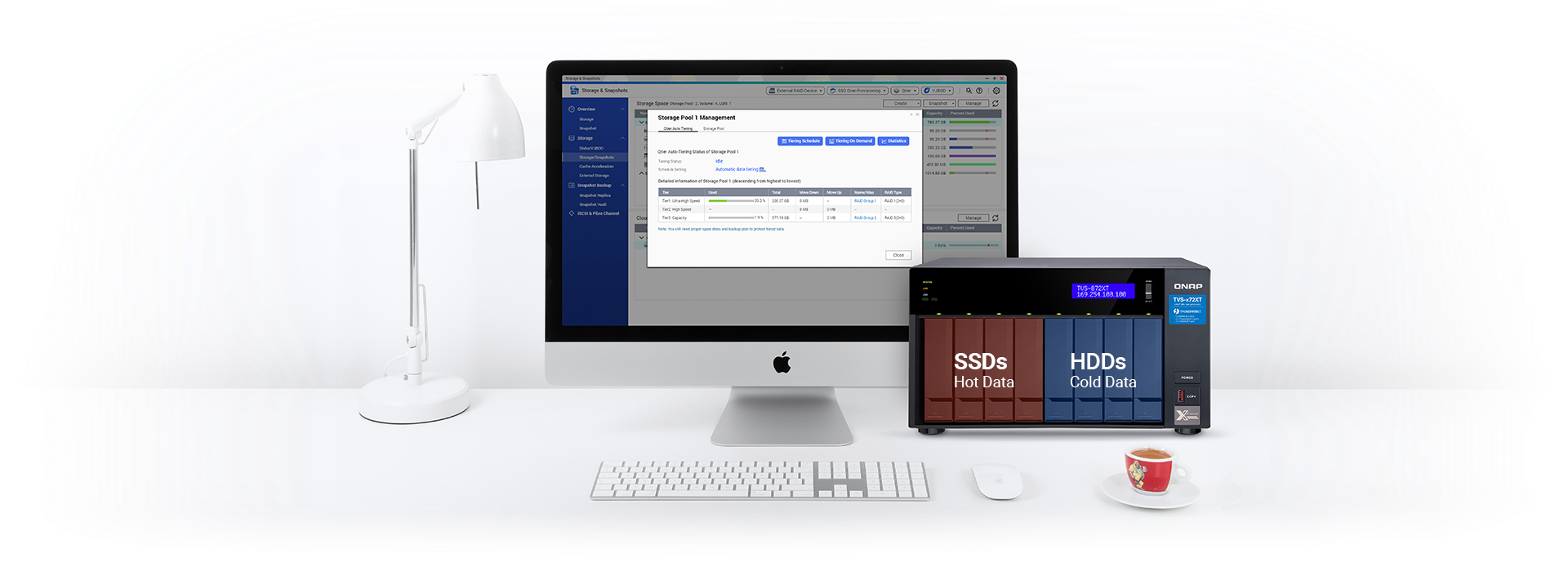SSD caching, sometimes referred to as flash caching or flash memory caching, reduces latency, shortens load times, and improves IOPS performance by temporarily storing frequently accessed data on NAND flash memory chips in a solid-state drive (SSD) to enhance the drive's input/output (I/O) performance and enable faster response times to data requests.
Typically, a computer system keeps a permanent copy of the data on a hard disk drive (HDD) and a temporary copy of the most active data in the SSD cache. Data access times can be accelerated by using an SSD cache with slower HDDs.
How SSD caching works
The data that will be cached is decided by a storage controller or host software. A computer system's dynamic random access memory (DRAM), non-volatile DRAM (NVRAM), and RAM-based caches take precedence over an SSD cache. In contrast to the primary cache, which processes data for every I/O operation, the SSD cache is only utilized when doing so enhances system performance.
Data is saved in the low-latency SSD to enable quicker data access later on once the SSD cache is configured. The computer will read the cached data from the SSD rather than the slower storage media if the same data—also referred to as hot data or active data—is needed later. Data access speed is increased and latency is decreased by storing hot data on the SSD.
Following each DRAM-, NVRAM-, or RAM-based cache miss, the system checks the SSD cache when a data request is made. It is referred to as a cache hit if the data is accessible in the SSD cache. If there is no copy of the data in the SSD cache or if the data cannot be read from the SSD cache, the request is sent to the primary storage system. This condition, called a cache miss, forces the system to retrieve the necessary information from the original, slower storage media.When a data request is made, the system queries the SSD cache after each DRAM-, NVRAM- or RAM-based cache miss. If the data is available in the SSD cache, it is known as a cache hit. The request goes to the primary storage system if the SSD cache does not have a copy of the data or if the data cannot be read from the SSD cache. When this situation occurs, known as a cache miss, the system has to access the required data from the original, slower storage media.
When data is retrieved from the SSD cache, the following steps take place:
The computer looks for the necessary information in the DRAM cache.
It accesses the data if it locates it.
The SSD cache is checked if the data cannot be located in the DRAM.
It retrieves the data from the persistent storage medium if it cannot be located in the SSD cache.
To enable quick access later, frequently accessed data is copied to the SSD cache.


